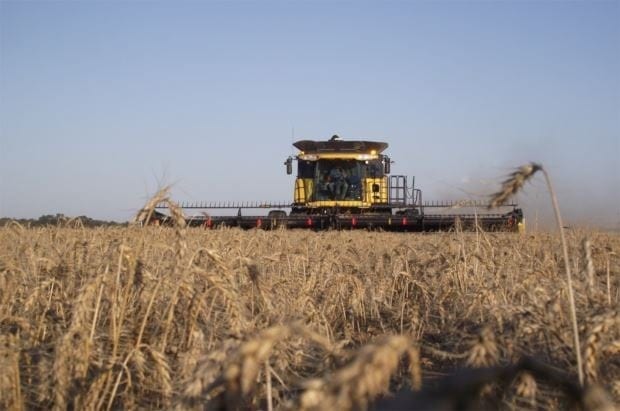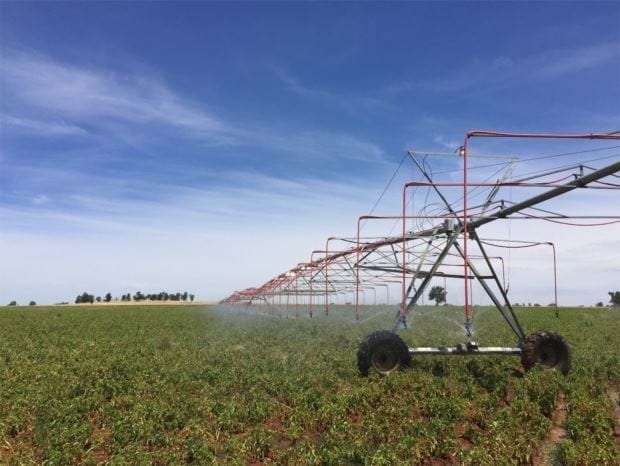
22 Feb $15,000,000..”After 130 years, we Refinanced!”.
Background
A well-respected and financially established dryland mixed farming family of scale have been running their farming business since 1872. A business that is now approaching the 6th generation.
Like the generations before them, succession planning was highly motivated to ensure the family legacy was maintained for future generations and strong collaboration between family members allowed for a commercial consolidation of family members within the family unit.
Multiple siblings embedded within multiple corporate structures and multiple banks needed to be unwound and restructured. In addition, succession funding was sought to pay out exiting family members.
Loyalty and legacy has been a big part of their traditional conservative culture, synonymous of general rural philosophies.
During their historic journey, the family has been with their bank for over 130 years and has survived (and thrived on) multiple successions and all the calamities that Australian agriculture can yield.
Banking Needs vs Traditions
Farming sophistication has evolved notably over the past decade. Agronomic intelligence, genetic advancements, technological innovations, capital intensification are only but some characteristics that have come into play.
The farming client’s banking requirements now extended well beyond the traditional overdraft / core debt matrix. With compliant reporting covenants and real time financial control and risk mitigation systems, managing debt capital has now become an integral part of the sophistication of farming.
Good Corporate Governance
The clients needed to know what the banking fraternity could offer their business to ensure, out of good corporate governance, that they have one of the best funding platforms supporting their business; both from an economic performance perspective and from a capital functionality capability.
Based on revenue, their business comprised of 70% dryland cropping and 30% livestock. The dominant cropping enterprises naturally translated into more bottom line variability.
Post succession, debt reduction was a key motivation for the near medium term before the next phase of expansion commenced. Structuring debt reduction amidst a variable enterprise was the challenge to minimise funding risk inherent in any loan agreement for asset protection and wealth creation reasons.

Funding Outcome
Close collaboration between the client’s key advisors (accountants and legal) was the first critical behaviour to ensure all activity was complimentary to the client’s end goal.
A tightly controlled finance tender ensured the client’s position was clearly articulated to the banks.
The banks, each within their capabilities, worked towards in providing a funding solution to the client’s needs and presented as such.
The winning bank provided the following outcomes to secure the business:
- An acute sensitivity to the client’s background, legacy and requirements.
- With the aide of Robinson Sewell Partners, developed a boutique lending arrangement whereby formal debt reduction was aligned with the financial performance and income generation of the business, allowing for innovative marketing or seasonality variabilities to be accommodated.
- Close to $200,000 savings over three years comparable to their encumbered bank.
Conclusion
We are in a new age of farming. Taking the initiative and reviewing the status quo (with regards to banking) can generate material additional rewards for a business. Both from economic performance and functionality.
According to Henry Moore, he believed that nothing should be taboo – no theory or prejudice should close one’s mind to a discovery.



Sorry, the comment form is closed at this time.